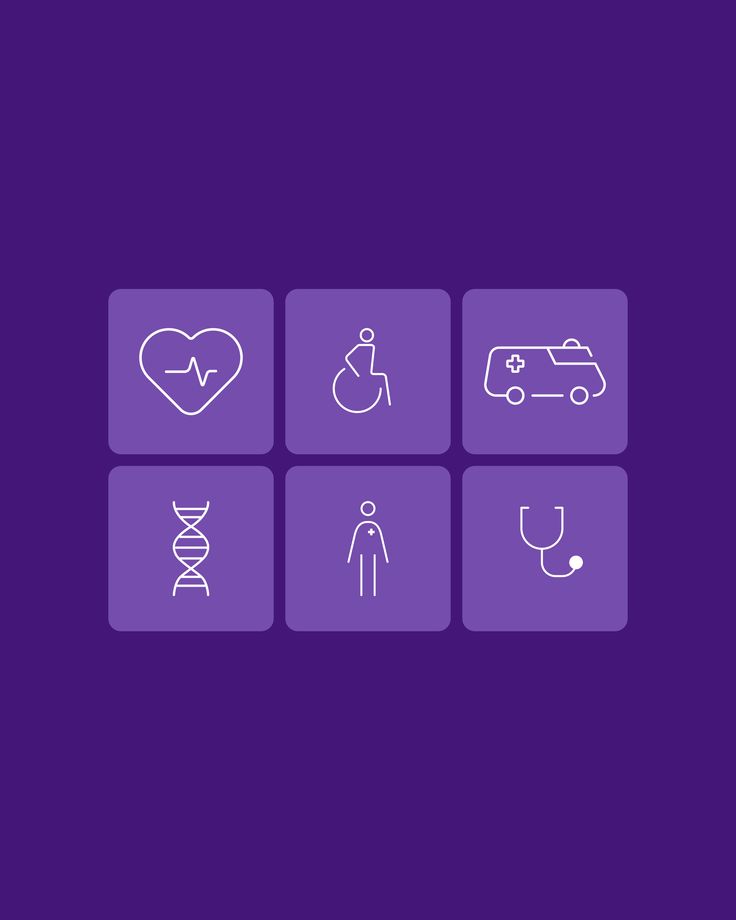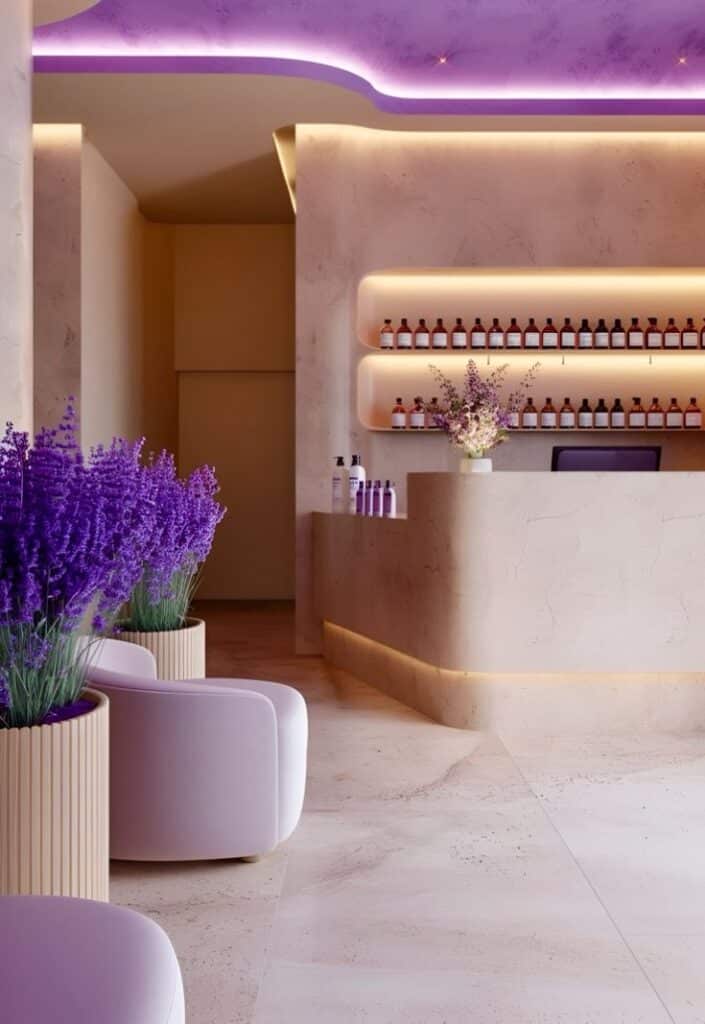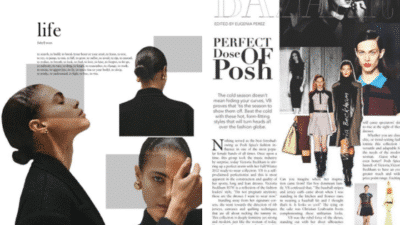
In a sea of medical blues and clinical whites, one healthcare platform dared to be different. While established players cling to predictable color palettes that scream “trust us, we’re medical,” a new wave of healthcare disruptors is proving that breaking visual conventions might be the key to breaking through market noise.
The Medical Blue Monopoly

Walk through any hospital, browse any medical website, or flip through healthcare marketing materials, and you’ll drowning in blue. There’s logic behind this chromatic conformity—blue psychologically conveys trust, stability, and professionalism. It’s safe. It’s expected. It’s also incredibly boring and increasingly ineffective at differentiation.
The healthcare industry’s addiction to blue has created a visual homogeneity problem. When every competitor looks the same, nobody stands out. Patients can’t distinguish between platforms. Providers see another “medical technology solution” that blends into the background. The very color meant to build trust has become wallpaper—seen but not noticed.
Enter the Purple Revolution


When you book on Vosita, you’re immediately struck by something different—purple. Not the timid lavender of spa websites or the deep purple of luxury brands, but a confident, vibrant purple that manages to feel both innovative and approachable. This wasn’t an accident; it was strategic design rebellion.
Purple occupies a unique psychological space. It combines the stability of blue with the energy of red, creating a color that suggests innovation without sacrificing trust. In color psychology, purple represents creativity, wisdom, and transformation—exactly the message a healthcare disruptor needs to convey.
Design Decisions That Drive Business


The purple choice cascades through every design decision. Where traditional medical platforms use stark white backgrounds (clinical, sterile, cold), Vosita employs warm grays and subtle gradients that make purple elements pop without overwhelming. Typography isn’t the expected Helvetica-clone but a modern, slightly rounded sans-serif that feels human and accessible.
The iconography breaks conventions too. Instead of literal medical symbols (stethoscopes, crosses, hearts), the platform uses abstract representations that suggest connection and flow. The visual language speaks to the experience of healthcare rather than its tools.
This design differentiation isn’t just aesthetic—it’s functional. Users report that the platform “feels different” and “less medical” in a positive way. The design reduces anxiety around healthcare interactions, making booking appointments feel more like scheduling a service than confronting mortality.
The ROI of Being Different

Bold design choices in conservative industries carry risk, but the payoff can be substantial. Vosita’s purple branding achieves several business objectives:
Instant Recognition: In a grid of search results, the purple stands out Memory Encoding: Unusual color combinations are better remembered Emotional Connection: Purple feels innovative, attracting forward-thinking providers Market Positioning: The color signals disruption without saying a word
The Lesson for Designers

Vosita’s purple gambit teaches us that industry conventions exist to be questioned. Sometimes the biggest risk isn’t being different—it’s being the same as everyone else. In industries ripe for disruption, visual differentiation can be as powerful as technological innovation.
The next time you’re designing for a “serious” industry, ask yourself: are you reinforcing the status quo or challenging it? Sometimes the best design decision is the one nobody else would make.
- 0shares
- Facebook0
- Pinterest0
- Twitter0



